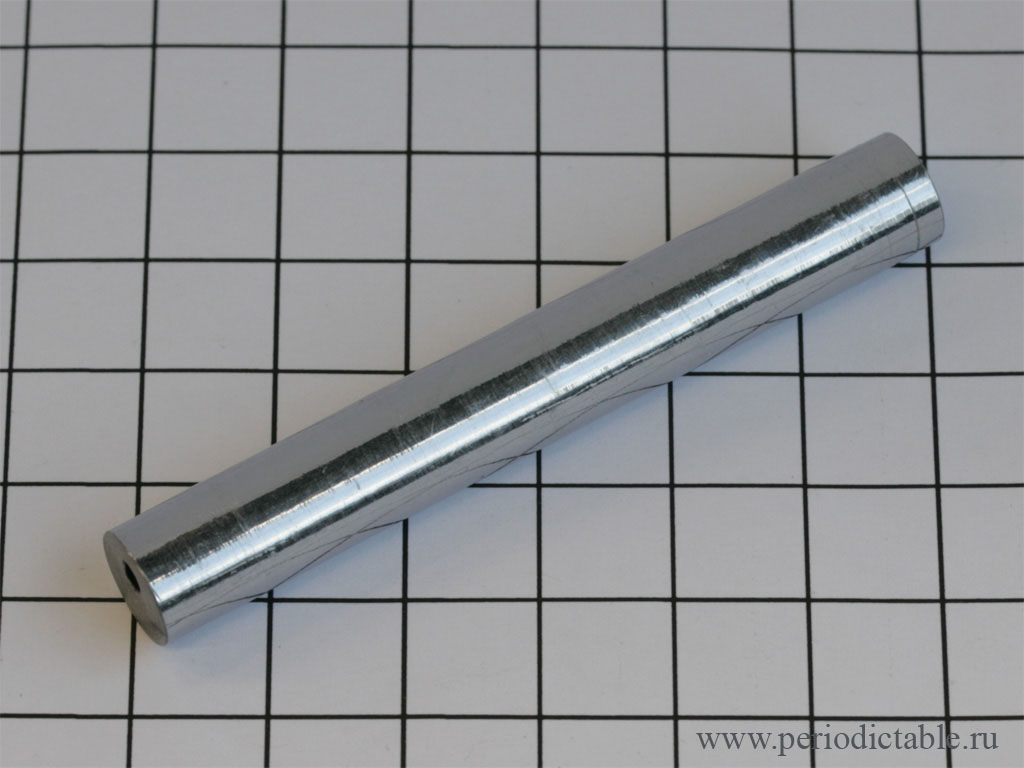HAuCl4
Well-known member
joem said::shock:HAuCl4 said:Is there some type of additive, like corn starch or egg white or something, that will help cleaning the AgCl faster than waiting for days to settle completely, before dropping the gold?. :?:
I'm not eating an omlette at your house
I met a winemaker that told me he uses egg white to clear fine sediments and turbidity in his wine...so I inmediately thought about silver chloride... Call me nuts!.















































